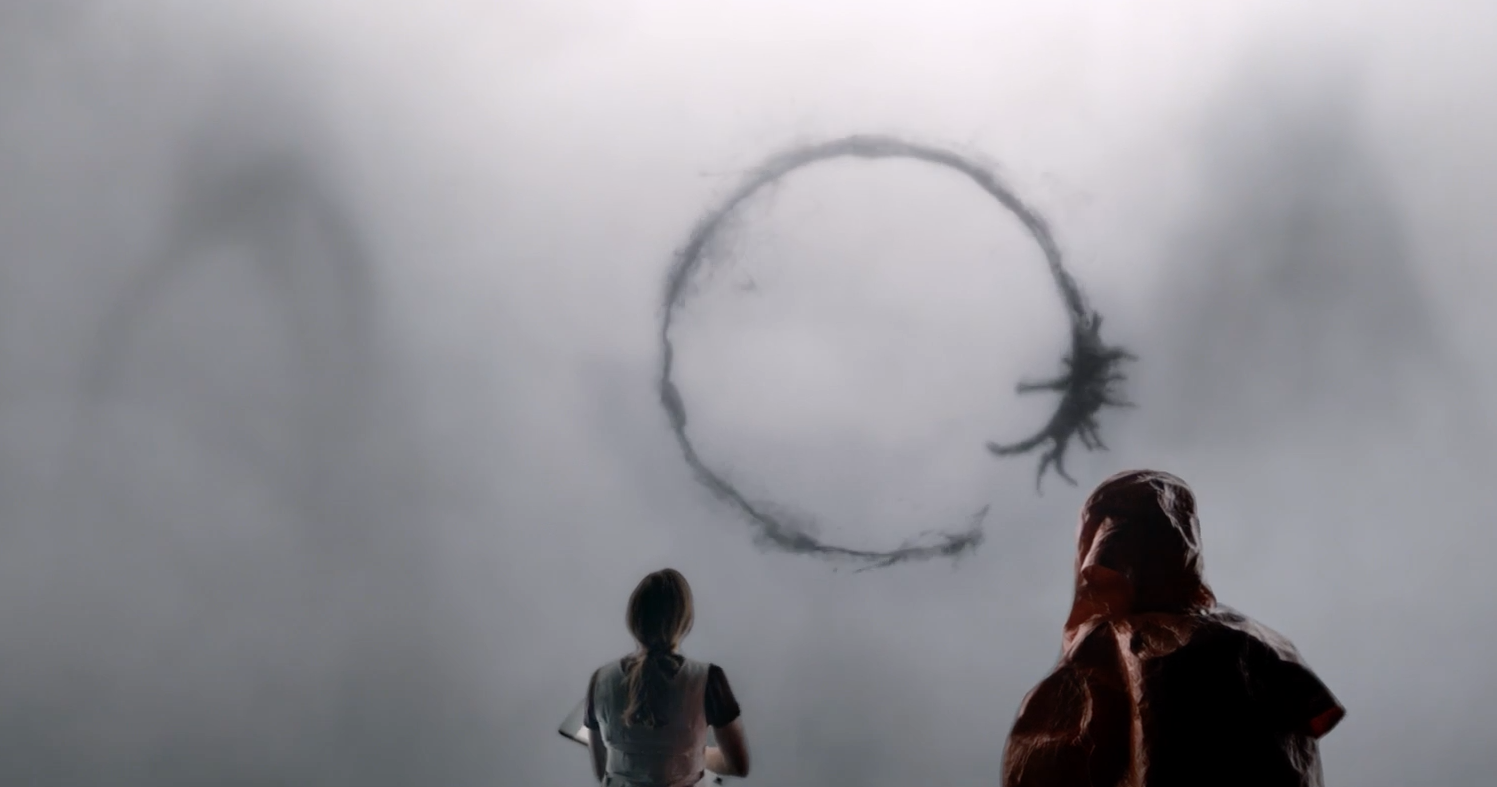Forum Replies Created
-
AuthorPosts
-
 Kristy SharkeyParticipant
Kristy SharkeyParticipantThanks for the camera details. I’ve looked for some specifics on cloud photography but most seem to talk about filters, and not about settings/lenses/equipment.
Great skies and photos, really stunning. Do you find that autofocus sometimes gets confused if you just point at the sky? I find sometimes I need to focus on a tree or far away object first to get sharp pictures. I also realized that clouds are in fact blurry by nature, so knowing what the sharpest focus is, is sometimes a bit of a trial and error game.
Fantastic iridescence in these, really nice.
 Kristy SharkeyParticipant
Kristy SharkeyParticipantNice shots, Davy. I’m curious to hear what people shoot clouds with (camera bodies and lenses but also settings). If anyone has any cloud photography tips and tricks or suggestions for great equipment or camera settings for sky photography, I’d love to steal your knowledge! I have a Sony A6000 and it’s mostly been a great first camera for me. I’m tempted to rent a higher end camera or just a high end lens to see if I can see the difference. Clouds always sort of look blurry anyway, right?
 Kristy SharkeyParticipant
Kristy SharkeyParticipantMichael are these also in B&W or do I detect some color in there? Your asperitas shot is really nice, and the octopus is my favorite.
 Kristy SharkeyParticipant
Kristy SharkeyParticipantWow, so interesting! These remind me of the alien writing in the movie, Arrival.

 Kristy SharkeyParticipant
Kristy SharkeyParticipantGreat question Samuel and welcome. The idea of rarity is lovely and interesting to ponder. After several months of cloudspotting, what’s emerged as rare for me here in Seattle, WA, are horseshoe vortices, mamma clouds, glories, and the circumzenithal arc (as well as the obvious ones like tuba, noctilucent, and nacreous). I agree it depends on where you are. I will say sometimes you don’t know what is rare until you see it. Today I saw a beautiful rainbow sundog nested between two cumulus clouds. I thought to myself “I’ve never seen that before!”. Obviously I’ve seen both cumulus clouds and sun dogs before, but the combination today was really beautiful. It stopped me, and reminded me how fast they change, and how rare sightings can happen at any moment, and almost always stop you in your path.
I feared that once I had spotted most of the cloud types, I would become bored. So far that hasn’t happened in the least. I never really understood my husband’s collector mentality until I started cloudspotting. One of the things he collects are comic books. He often has multiple copies of the same book, because they are in different conditions. Yet still he would buy the same book again if it were slightly better or if the corners were more perfect. The search never ends. The possibilities are infinite.
 Kristy SharkeyParticipant
Kristy SharkeyParticipantI’ve been a silent viewer of these pictures for a long time and just wanted to say how much I enjoy looking at how the clouds shift personalities in B&W. Some of my favorites are the minimalist ones, but all are quite interesting to look at! Thanks for sharing.
 Kristy SharkeyParticipant
Kristy SharkeyParticipantBeautiful!
 Kristy SharkeyParticipant
Kristy SharkeyParticipantWell said, Jim! I was just responding to an email from these folks the other day, echoing these same words. This feedback has helped me so much in understanding the nuances between the types and optical effects (I’m also a new member as of June 2016). This feedback has been so important to my own appreciation and learning. I love how the CloudSpotting app and the CAS website captivate us with the beauty of clouds and at the same time satiate our curiosity for learning every scientific detail about how they are formed. Well done and thanks to you all for your time, and for sharing your expertise.
-
AuthorPosts



